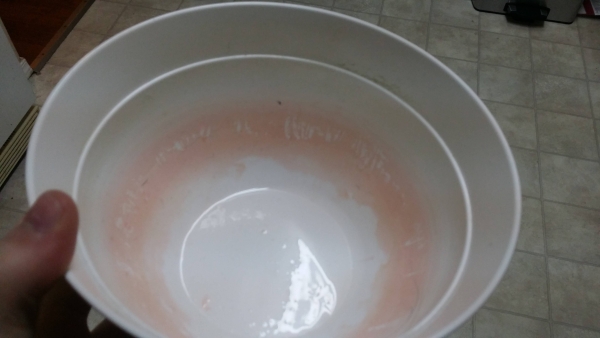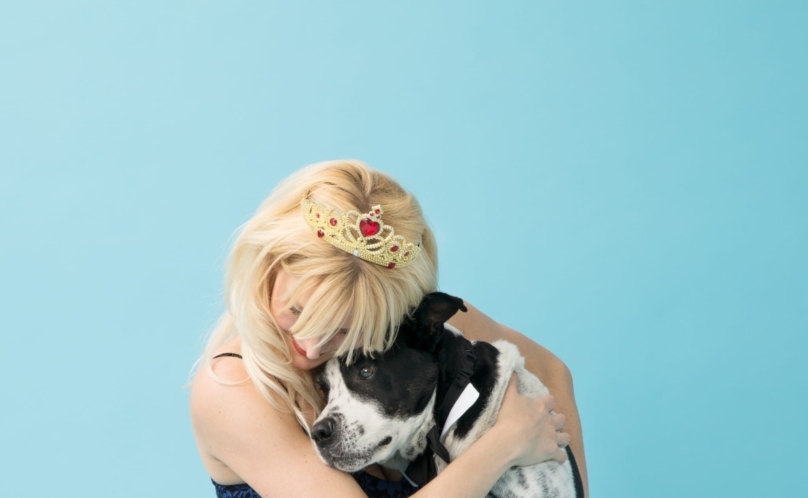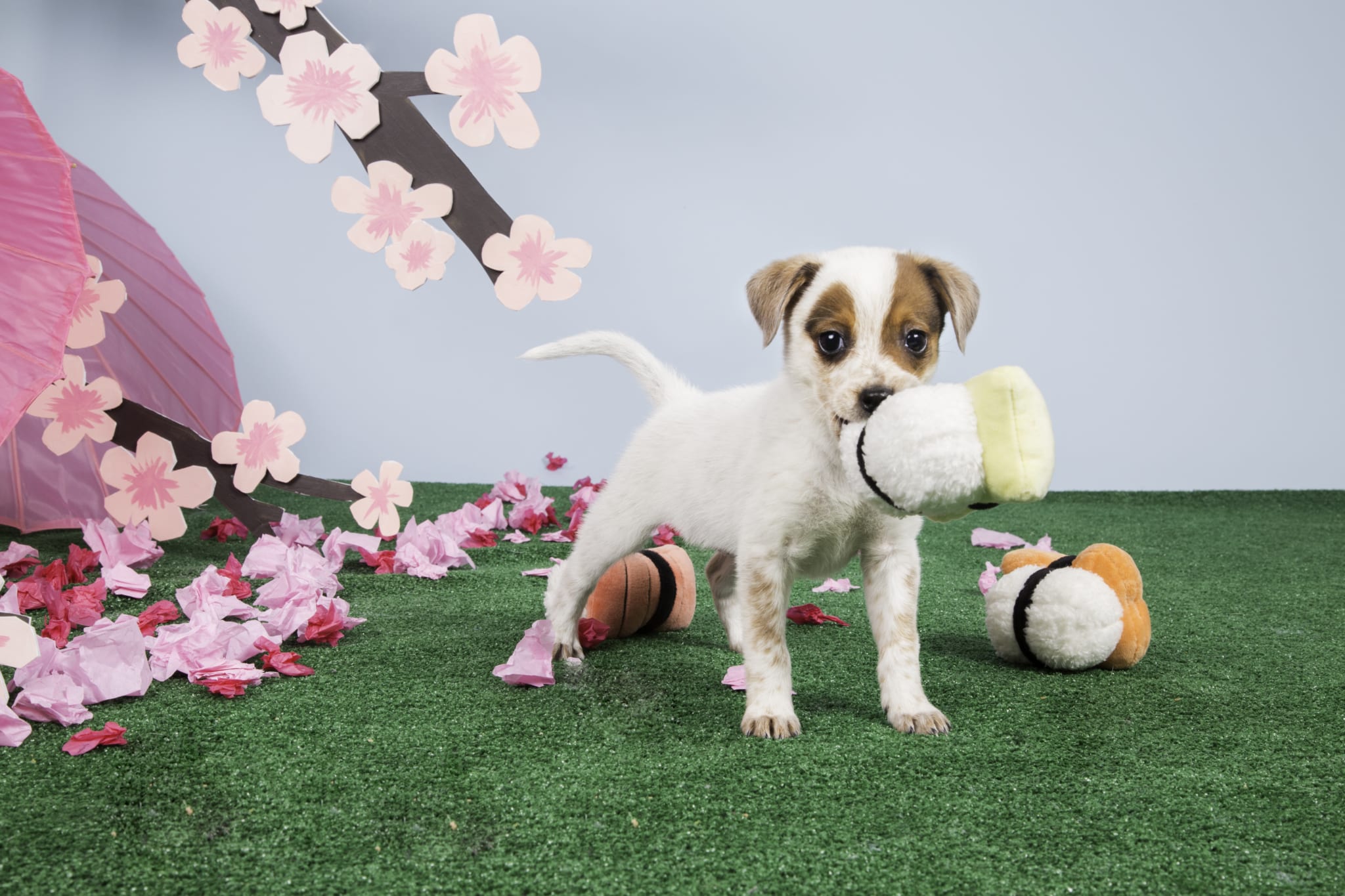You would never drink out of a glass that hasn’t been cleaned in a couple weeks, or a mug that’s been sitting on the counter for a month–actually I don’t know your life, you do you, but I do know your dog deserves better! I didn’t realize that I was cutting corners with my dog’s water bowl hygiene, and now I’m going to share the low-down and dirty news with you, so we don’t make the same mistake.(Because between you and me there’s a real simple way to improve your pup’s quality of life.)
A 2011 study conducted by NSF International looked into the germiest, dirtiest, and grimiest places in our homes and coming in fourth place was, you guessed it, our pet’s water bowls.
First things first, the bowl. The cleanest and safest options for bowls are either stainless steel, or ceramic. None of this plastic bowl business. Plastic is not only very porous, but it can also get scratched up easily, two things that make it much easier for algae, mold, and bacteria to collect and grow.
And about that bacteria… it’s nazty, and your dog bowl is teeming with it. Perhaps the most common, and certainly most recognizable is Serratia Marcescens, also known as that “pink stuff.”


Serratia Marcescens has been known to cause infection and even pneumonia. And even if you don’t see the dreaded pink stuff, it doesn’t mean your dog’s water bowl is safe from ick. Yeast, mold, and coliform bacteria (which includes Salmonella and E. coli) have been found in dog bowls according to the NSF study. And this all goes TRIPLE for our dog’s food bowls. The fat found in food is a breeding ground paradise for bacteria.
No, I don’t think your dog will get mad cow disease, Ebola, or SARS, but we all (especially our pups!) could benefit from being a little more diligent with our dog bowl hygiene. The most common form of cleaning, and the method I am embarrassed to say I most often implemented before doing some research, is the ole hot water rinse. I thought a good scrub of hot water, with a non-soapy sponge (was it stupid of me to think my dog would taste soap in his water, when I clean my own dishes with soap but never complain about a sudsy after taste? Yes, yes it was…) was suitable.
Well, I was very wrong. According to a study published in a Canadian Veterinarian Journal, a hot water rinse is so ineffective it’s comparable to doing nothing at all.
My bad. Never again. NSF International says:
Pet dishes should be washed daily, either in a sanitizing dishwasher or scrubbed by hand with hot soapy water, then rinsed. If hand washing, place the dishes in a 1:50 bleach rinse (one cap of bleach in one gallon of water) and soak for about 10 minutes once per week. Rinse thoroughly and allow to air dry.
Soon you’ll have dog bowls so clean YOU can eat off them (which might be a good rule of thumb dew claw!)
Also, be sure not to use an abrasive sponge when cleaning; remember, we’re trying to avoid scratches and grooves. Baking soda is also a great cleaning agent. And if you have the means, just throw those bowls into the dishwasher! The level of cleanliness will make up for all the times our dogs sneakily drink out of the other kind of bowl…
Oh, boy… One thing at a time…
Featured image via Whiskers and Leo






